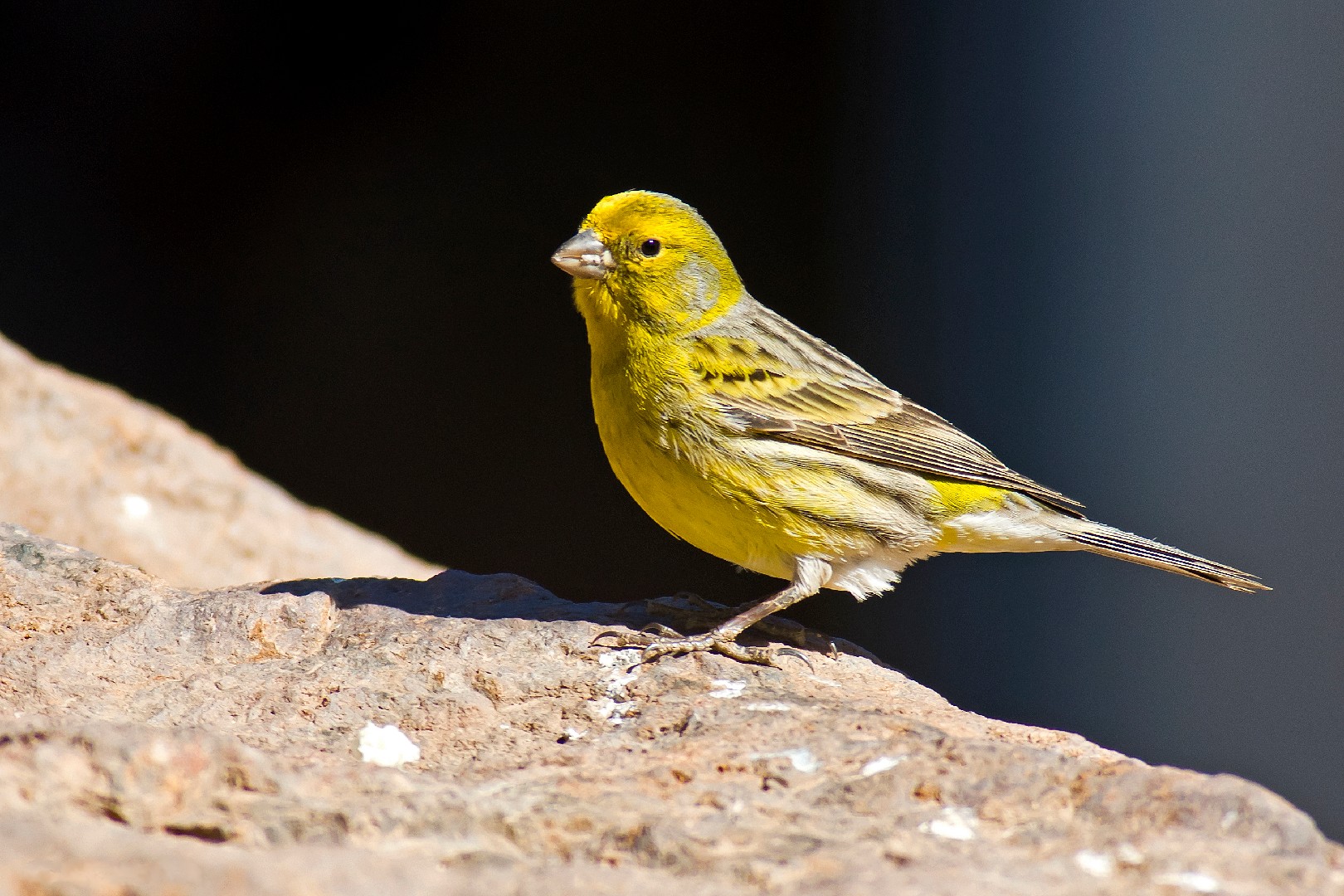Island Canary
A species of Eurasian Serins and Canaries, Also known as Common Canary Scientific name : Serinus canaria Genus : Eurasian Serins and Canaries
Island Canary, A species of Eurasian Serins and Canaries
Also known as:
Common Canary
Botanical name: Serinus canaria
Genus: Eurasian Serins and Canaries
Content
Description People often ask General Info
 Photo By Juan Emilio , used under CC-BY-SA-2.0 /Cropped and compressed from original
Photo By Juan Emilio , used under CC-BY-SA-2.0 /Cropped and compressed from original Description
The bright yellow island Canary, named after its wild home on the Canary Islands, is one of the most popular caged birds to be kept as a pet. Its song has a melodious, liquidy sound. Some of these birds have curly plumage. Wild birds make their nests out of a combination of moss, cobwebs and straw.
Size
10 - 12 cm
Life Expectancy
24 years
Nest Placement
Building
Feeding Habits
Island Canary often forages in flocks, consuming a diet primarily of seeds from weeds, grasses, and figs. Its diet also includes other plant materials and small insects, utilizing ground and low vegetation foraging methods.
Habitat
Island Canary thrives in various habitats, from pine and laurel forests to arid sand dunes, mainly within temperate broad geographic regions. These adaptable birds inhabit semiopen landscapes, such as orchards, small woods, parks, and gardens, as well as lowland and submontane forests, vegetated valleys, and even semi-arid near-barren zones. They favor areas rich in broom, myrtle, tamarisk, and heathland, from sea level up to 1700 meters elevation.
Dite type
Granivorous
People often ask
General Info
Feeding Habits
Bird food type
Distribution Area
It is endemic to the Canary Islands, Azores and Madeira in the region known as Macaronesia in the eastern Atlantic Ocean. In the Canary Islands, it is common on Tenerife, La Gomera, La Palma and El Hierro, but more local on Gran Canaria, and rare on Lanzarote and Fuerteventura, where it has only recently begun breeding. It is common in Madeira including Porto Santo and the Desertas Islands, and has been recorded on the Salvage Islands. In the Azores, it is common on all islands. 